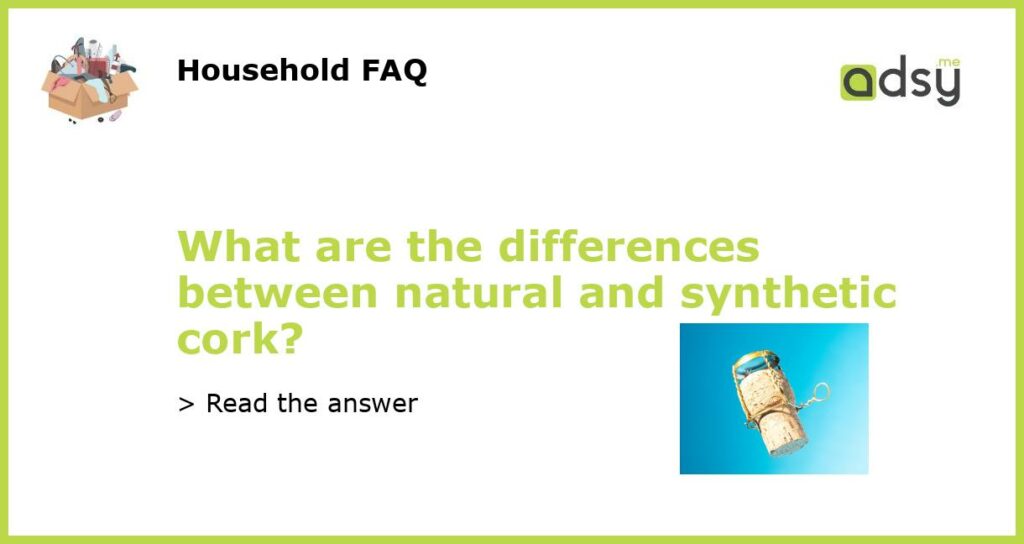Natural vs Synthetic Cork: What’s the Difference?
Cork is a popular material used in a variety of products, from wine bottle stoppers to flooring. However, not all cork is created equal. In fact, there are two main types of cork: natural and synthetic. While they may look similar on the surface, there are some key differences between the two materials that you should be aware of. Here’s what you need to know.
What is Natural Cork?
Natural cork comes from the bark of the cork oak tree, which is native to the Mediterranean. The bark is harvested every nine years or so, without harming the tree, and then processed into cork products. Natural cork has a unique texture and visual appearance, with natural variations in color and pattern. It is also more environmentally friendly than synthetic cork, as it is a renewable resource.
What is Synthetic Cork?
Synthetic cork, also known as agglomerated cork, is made from small particles of cork that are glued together with resin. Synthetic cork is often used as a cheaper alternative to natural cork, as it can be produced in larger quantities and is more consistent in quality. However, it lacks the natural variations that make natural cork so visually appealing.
Which is Better: Natural or Synthetic Cork?
When it comes to choosing between natural and synthetic cork, it really depends on your personal preferences and needs. Natural cork is generally considered to be of higher quality and more visually appealing, but it is also more expensive. Synthetic cork is a more affordable option that is consistent in quality, but it may not have the same aesthetic appeal as natural cork.
Natural and Synthetic Cork Each Have Their Pros and Cons
Ultimately, the choice between natural and synthetic cork comes down to your personal preferences and the specific use case. Natural cork is a renewable resource that has a unique visual appeal, but it is also more expensive. Synthetic cork, on the other hand, is a more affordable option that is consistent in quality but may lack the natural variations that make natural cork so appealing. Both materials have their pros and cons, so it’s up to you to decide which one is right for you.






